
More Than Just Blooms: The Symbolism and Craft of Luxury Floral Design
In every culture, flowers speak a universal language—one of beauty, emotion, and meaning. In Qatar and across the Gulf region, the presence of flowers goes
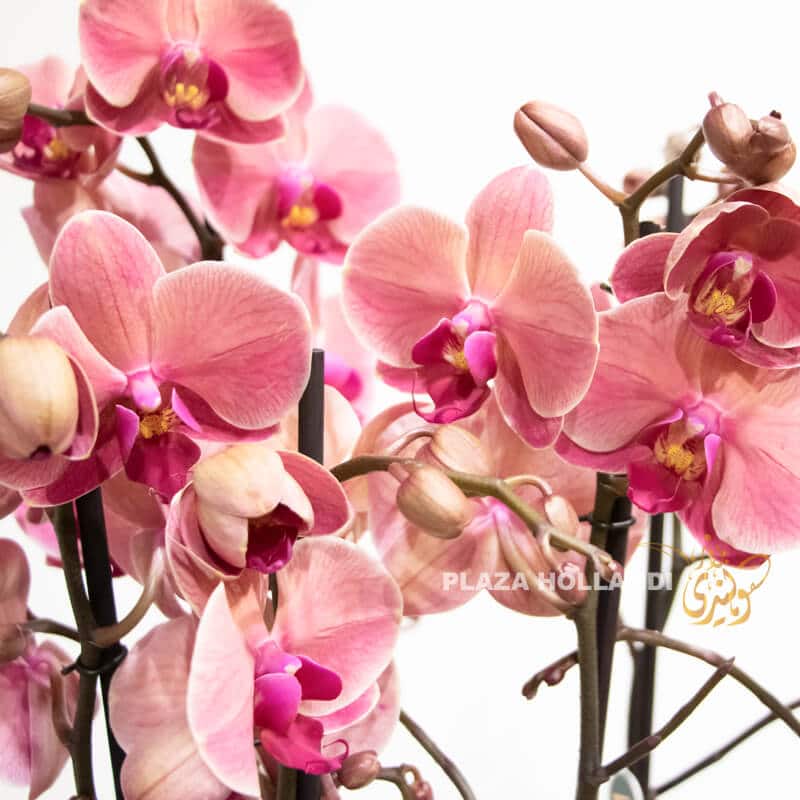
Orchid plants are such a beautiful indoor plant to have in your home. Not only do they last a long time, but they also add colour and design to your interior. In this blog, we are discussing the best ways to look after your orchid plant, so that you can enjoy them for years to come.
Orchid plants are one of the oldest plants that have continued to evolve over time. These incredible plants date back over 200 million years. Researchers date some orchid plants back to the Jurassic period, naturally growing alongside the giant dinosaurs. With the recent popularity in houseplants orchid plants are also become very popular. Adding colour and design to interiors. But sometimes there is confusion on how best to look after the orchid plant. We have put together a few simple tips to help you get the most out of your orchid.
With simple plant maintenance such as cleaning the leaves, watering correctly and knowing the right soil combinations, you can be sure your orchid plants will be healthy and strong!
Originating from tropical climates, it is a common misconception that orchid plants need a lot of water. This in fact is not the case and is the most frequent cause of harm to an orchid plant. Orchids have air roots, that absorb nutrients, and water. These roots should have a white to green colour. The roots of an orchid do not need to be bright green, in fact, they should only be bright green straight after watering. If you find your orchid roots to be bright green all of the time that is a sign of overwatering. The roots of an orchid plant need more air than your average plant, and need the chance to dry out between watering.
We touched on watering your orchids already, but now we will talk about the best way to water your plant every week.
To water your orchid it is best to apply the water directly from a bottle or watering can onto the base of the leaves where they connect to the stems. Ideally, the water should be distilled or cooled boiled water and as a general rule, you only need about a 1/4 of a glass of water for each watering.
Alternatively, you can add one ice cube once a week. Why an ice cube? Well it will limit the amount of water you give to your orchid plant – reducing overwatering, and it ensures the roots do not rot from overwatering. It also makes your life easier!
If for any reason you are unable to water your plant like this every week and your plant becomes dehydrated, then simply submerge your orchid plant roots in water for approximately 10 minutes. This will instantly revitalise your orchid plant.
Orchid plants are naturally from a humid environment and although the weather in Qatar can be humid it is difficult for our indoor environments to remain humid due to the air conditioning.
The easiest way to create humidity is to gently mist your orchid plants with a fine water mist. Spraying the orchid leaves once or twice a week will help to recreate the humidity that the orchid naturally loves.
Over time your orchid plant will have residue on the leaves. This could be dust, water droplets that have dried or dirt. It is important to keep the leaves of the plant clean. This will encourage photosynthesis, which in turn will keep your plant happy and healthy. To clean the leaves of your plant get a damp cloth and gently move the cloth from the stem out. This will remove the residue to the cloth and enable the plant to ‘breath’ again.
Creating flowers for any plant is a tiring process. To help give your plant the extra nutrition that it needs to use the energy to make flowers add fertiliser every two weeks. This will give your orchid plant the extra boost it needs to make beautiful colourful orchid flowers.
When your orchid plant has finished flowering remove the old flowers. Cut the stem above the leaves at a 45-degree angle. The orchid plant will not grow new flowers from the old stem. Your orchid plant will ‘rest’, almost like it is in hibernation. This will conserve the energy so that when it grows a new stem with new flowers it has all the nutrients and energy it needs. Fertilise your plant every month.
Orchid plants are one of the most beautiful indoor plants you can add to your home. Used by interior designers to create sleek and contemporary designs, phalaenopsis orchids are the perfect houseplant to add to your home.
Perfect to send as a gift and as you can see with our simple tips and tricks they are easy to look after. If you want to know more about orchids why not look at our blog on the history of orchids.
For more orchid inspiration why not take a look at these sites. Full of beautiful orchid designs and great inspiration for you.
If flowers are more your thing then have a look at our post all about how to look after your flowers. Easy flower tips to help your flowers last longer when you bring them home.

In every culture, flowers speak a universal language—one of beauty, emotion, and meaning. In Qatar and across the Gulf region, the presence of flowers goes

In today’s elegantly designed Gulf homes, indoor plants are no longer a trend—they are a lifestyle statement. More than just decorative pieces, they represent wellness,
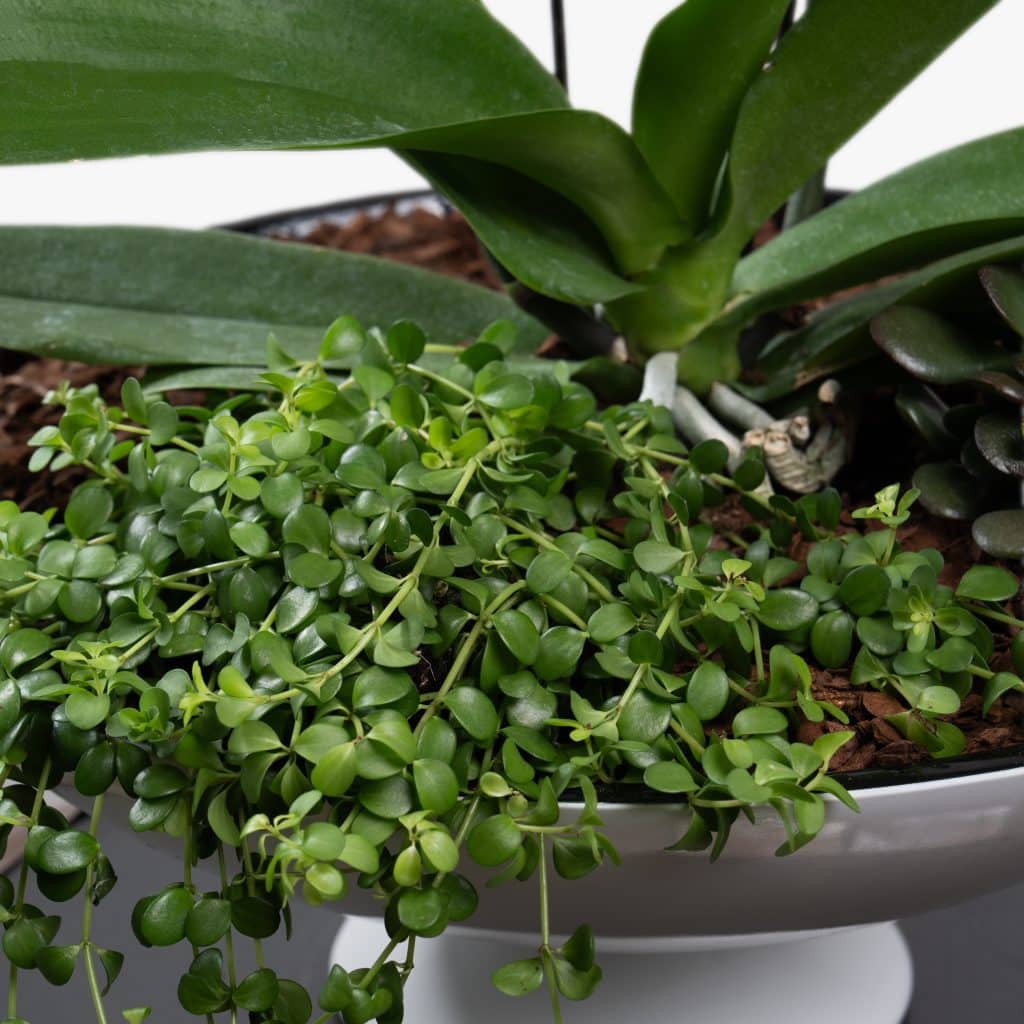
In the Gulf region, outdoor spaces are more than extensions of the home—they are personal sanctuaries, gathering places, and reflections of one’s lifestyle. Whether it’s
Share this post
You may also like
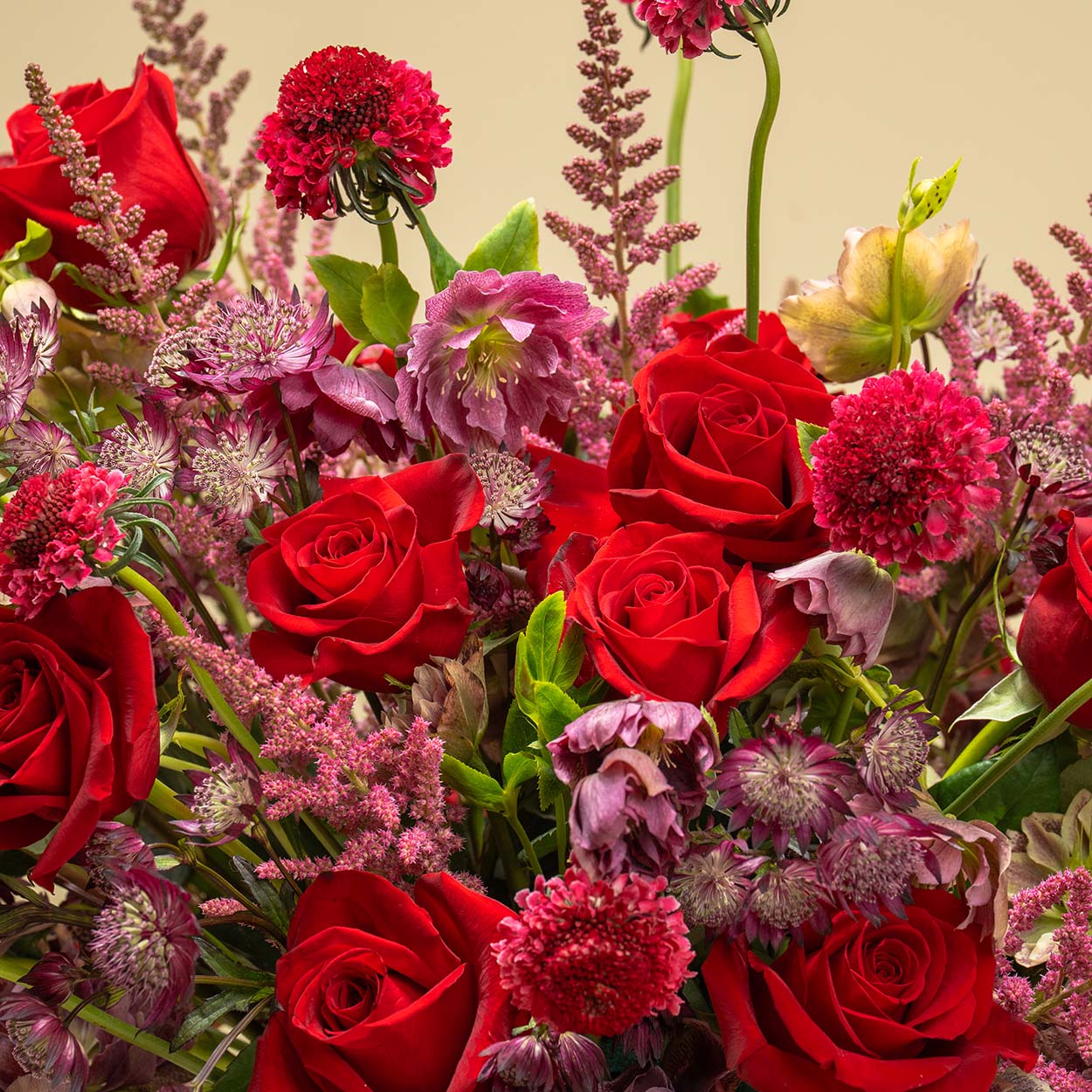
A Sophisticated Guide to Choosing the Perfect Birthday Flowers for June Every month is marked by a unique floral emblem, and for those born in
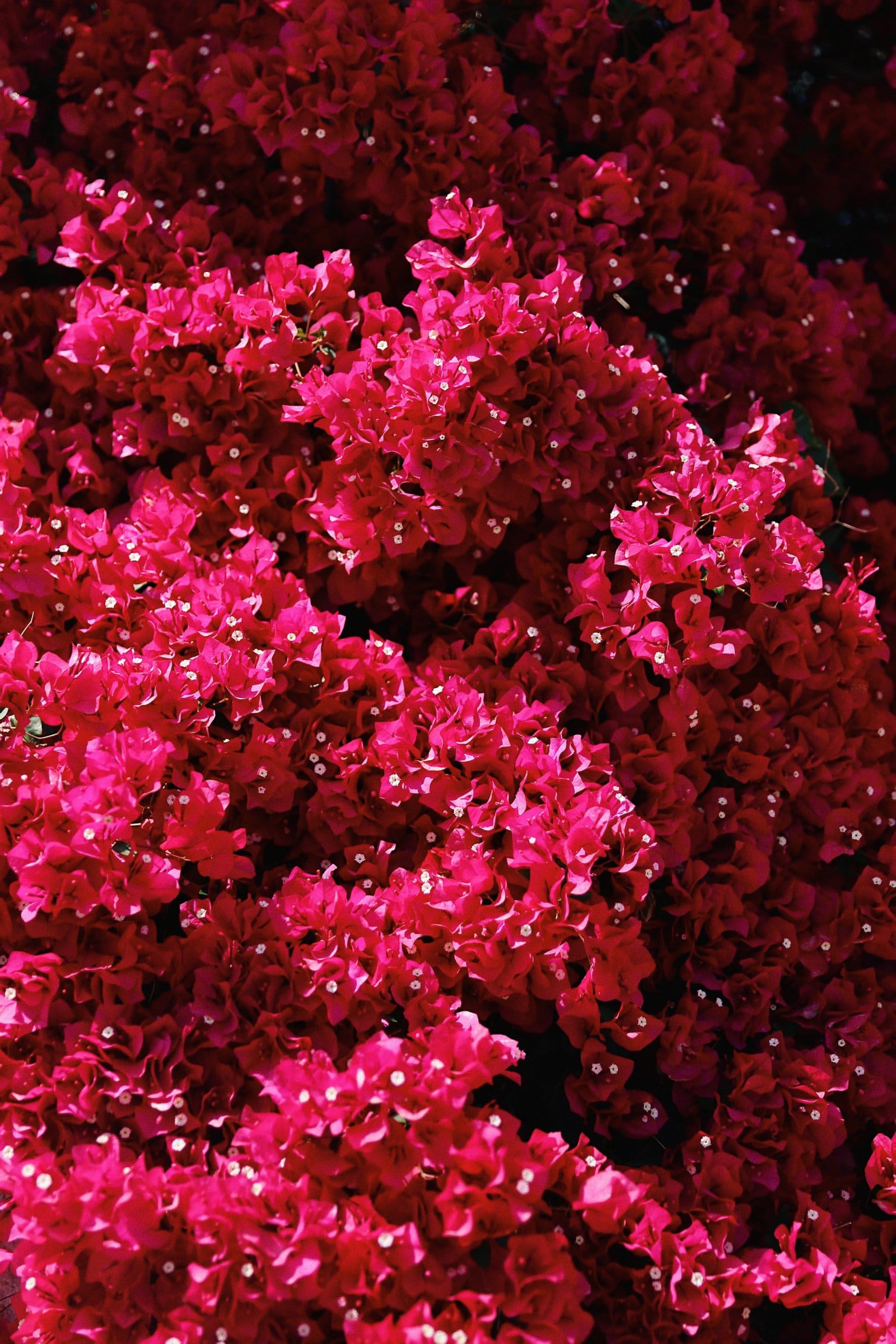
Colourful and fragrant plant ideas for your garden.
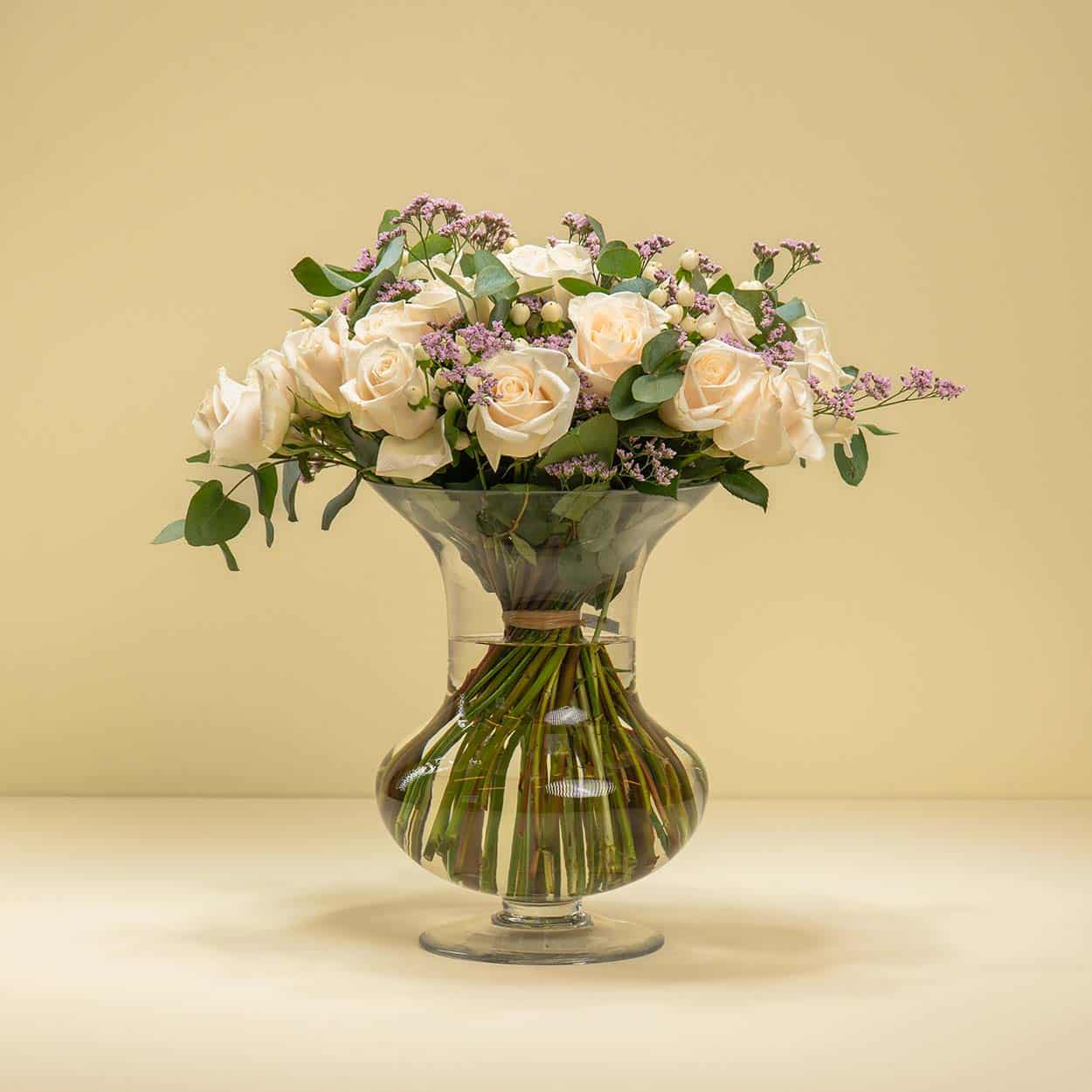
Bringing nature indoors is one of the most elegant ways to elevate any space, from a cozy living room to a sophisticated office. However, not
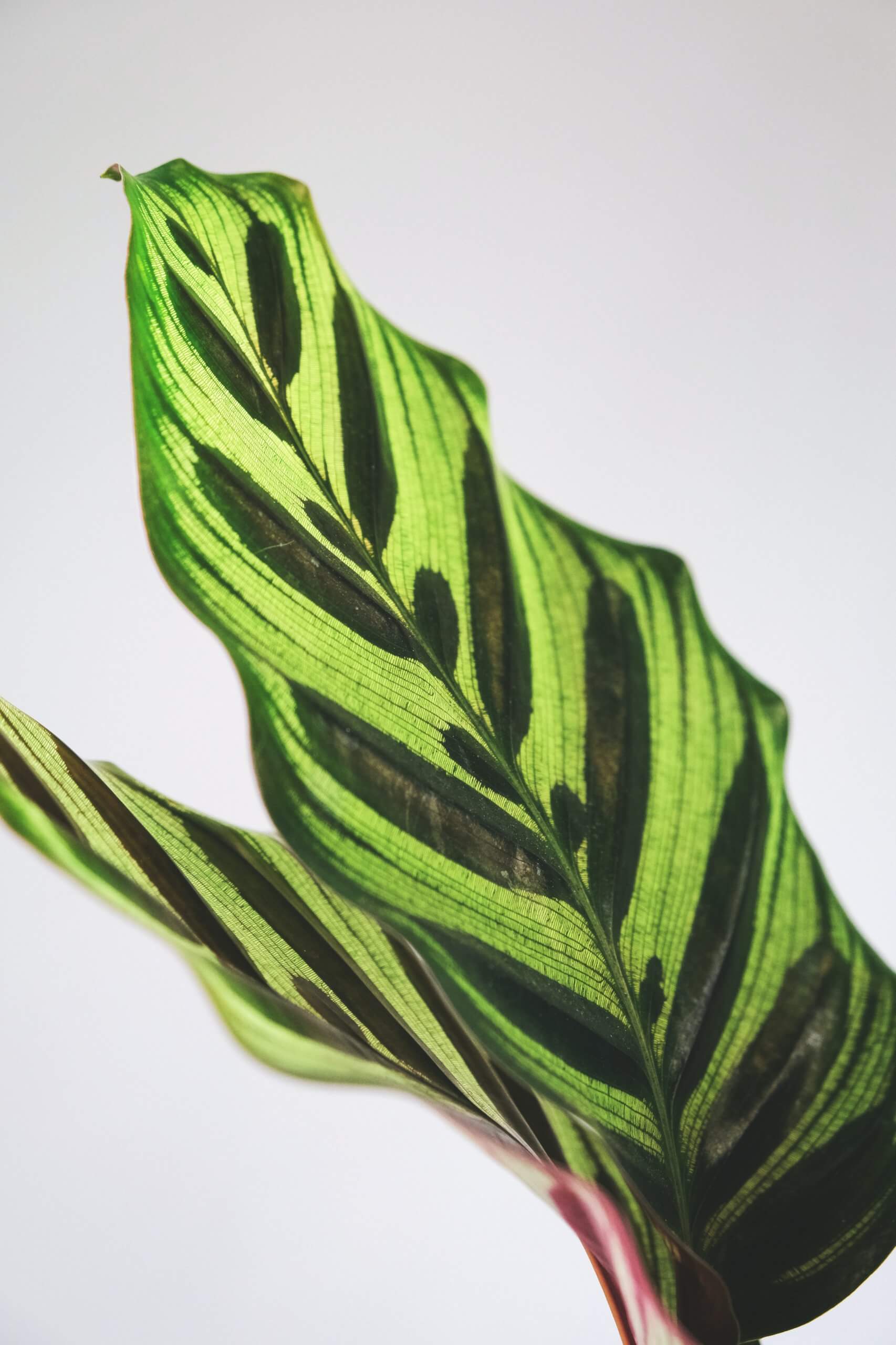
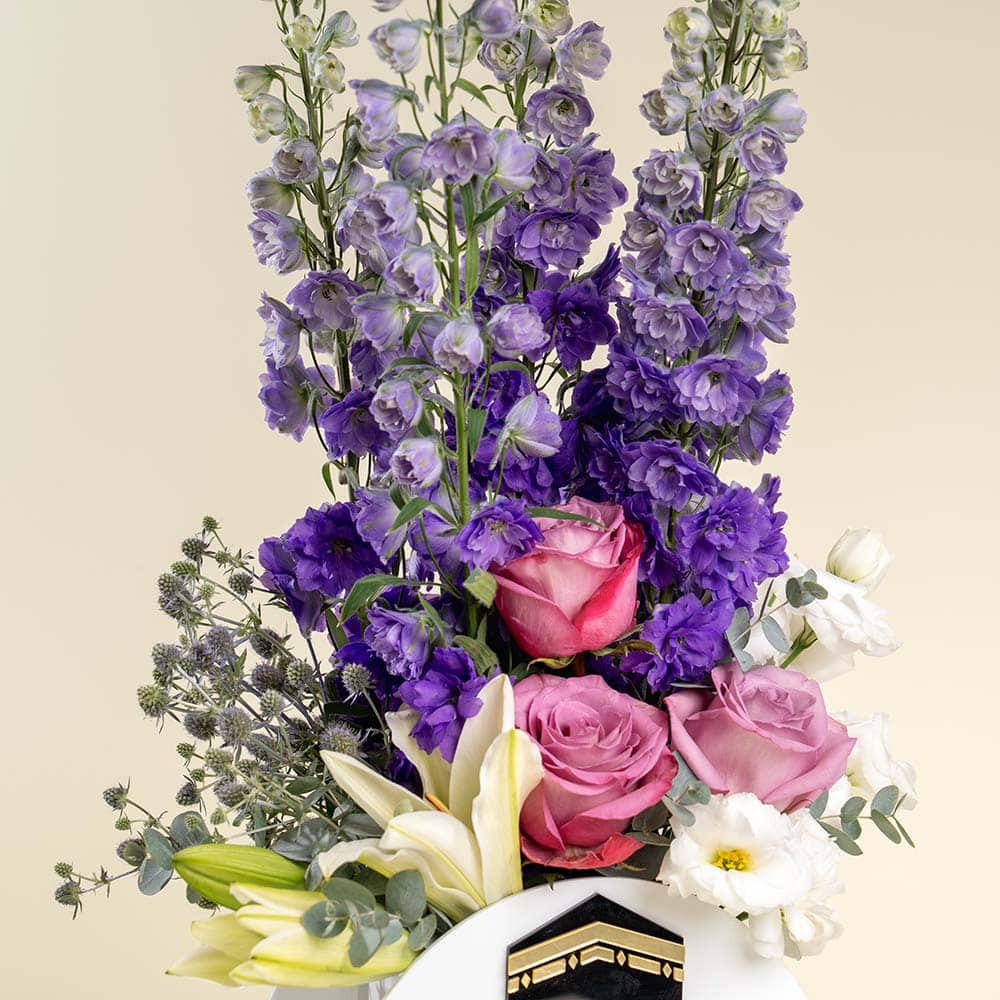
In a world where sustainability is no longer just a choice but a responsibility, floral gifting is blossoming with eco-friendly elegance. This july, as nature

Be the first to know
Subscribe to our newsletter today and get the latest updates on sales and offers.